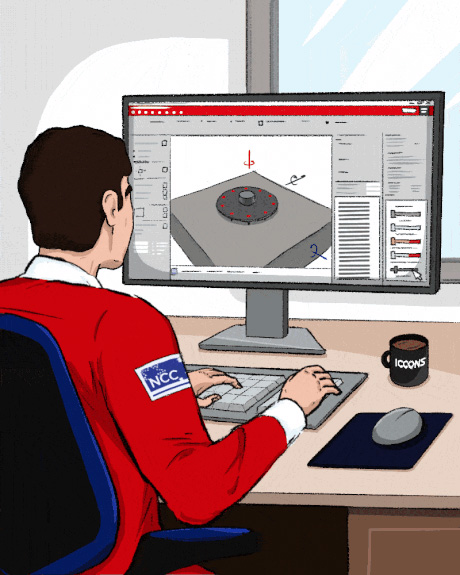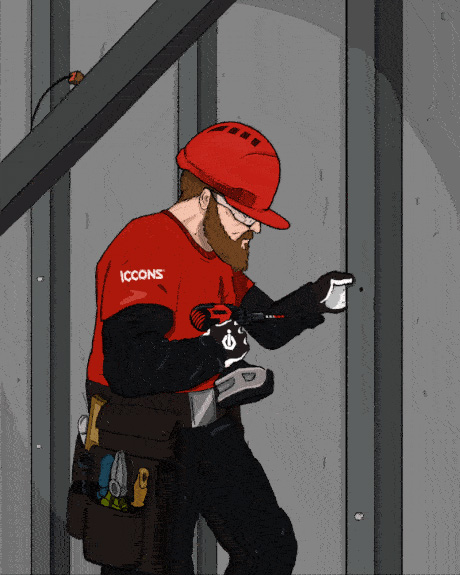Seismic Design for Post-installed Fastenings - C1 and C2 Explained
Seismic design and assessment of post-installed fasteners is now covered in Australian Standard AS 5216:2021 (Design of post-installed and cast-in fastenings in concrete). Earthquake (seismic) actions are considered in the National Construction Code in the design and construction requirements for buildings and structures and design is in accordance with AS 1170.4. Australian Standard for the design of post-installed and cast-in fastenings in concrete, AS 5216 was updated in July 2021. AS 5216:2021 now includes the following additions:
- Design of fastenings under seismic actions
- Design of post-installed reinforcing bar connections
- Design of redundant non-structural fasteners
- Design of anchor channel loaded in shear in the longitudinal direction
Appendix F of AS 5216:2021 outlines the design and pre-qualification requirements for post-installed fasteners under seismic actions. Pre-qualification of fasteners for seismic actions are categorized under seismic performance categories C1 and C2 and determined in accordance with EOTA TR049. Design of fasteners under seismic actions shall be conducted in accordance with AEFAC Technical Note TN-10.
For further information refer to; https://www.aefac.org.au/documents/TN/AEFAC-TN10-Seismic-Design-of-Fastemers.pdf
Post-installed fasteners in Europe are prequalified via assessment in accordance with TR 049 (Post-installed fasteners in concrete under seismic action). Fasteners are tested under simulated seismic tension and shear loading, including the effects of cracks and under simulated seismic crack cycling conditions. Only fasteners that hold a current ETA and have been assessed in cracked and uncracked concrete (option 1 to 6) prequalify for seismic testing.
Fasteners are evaluated for their performance under two seismic categories C1 and C2.
- Performance category C1 - tests fasteners under pulsating tension load and alternating shear load while taking into account the effect of concrete cracking, for C1 a maximum crack width of 0.5mm is considered in the test program.
- Performance category C2 – considers fastener reference tests to failure as well as tests under pulsating tension load and alternating shear load while taking into account the effect of concrete cracking, for C2 a maximum crack width of 0.8mm is considered and cycled from 0.1 to 0.8mm. C2 is a severe seismic test program and difficult for many post-installed fasteners to qualify against.
Fasteners seismically qualified under category C1 contain seismic tension and shear loads while fasteners qualified under category C2 contain seismic tension, shear and displacement information. This information is typically included in the fastener ETA (European Technical Assessment) document. Design of post-installed fasteners under seismic conditions in Europe is performed in accordance with EN 1992-4:2018.
USA seismic fastener prequalification
The USA have seismic design and assessment guidelines for post-installed fasteners and these are covered under ACI 355.2 for mechanical fasteners and ACI 355.4 for chemical fasteners. Once seismically qualified products are issued with what is known as an ICC-ES Report. (International Code Council - Evaluation Services Report).
For further information refer to:


